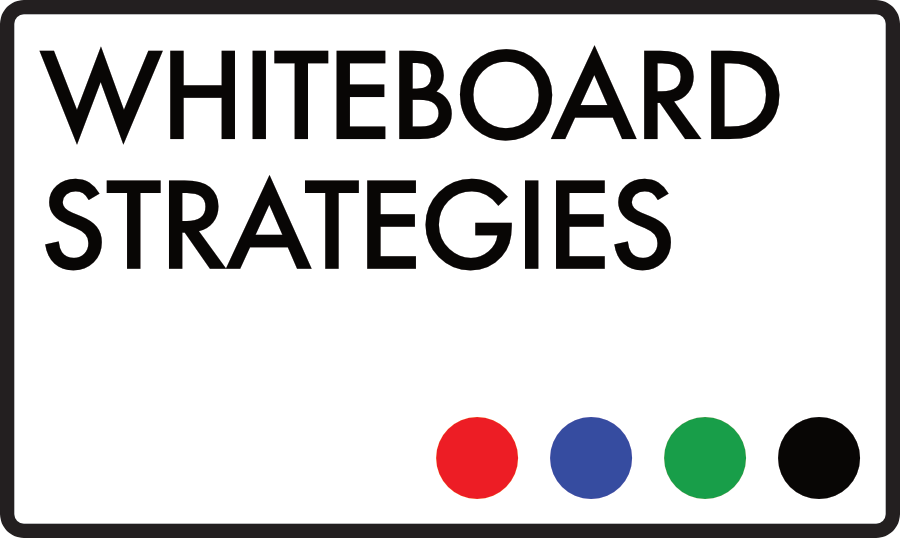With sales forecasts, just like with weather forecasts, accuracy is the only thing that matters. If people are prepared (even if it’s for the worst storm in a century, or the sort of shit storm that could end careers) they can do something about it. Batten down the hatches, board up the windows, get the cat in…
Forecasts are never about telling people what they want to hear, they’re about telling people what they need to know. In sales, that means providing the most accurate outlook possible on the next month, the next quarter, the next year. Knowledge is power, visibility is control. Accuracy is more important than appeasement.
So WHY do reps and managers fake their forecasts? WHY do you constantly have to wade through exaggerated numbers, inflated pipeline and empty promises?
There are a few reasons. The first one is simple: there are loads of terrible sales people out there. I’m talking people who wouldn’t have lasted a fortnight once upon a time. People who don’t even have enough of a handle on things to know that they’re lying to you; people who should probably be a teaching assistant somewhere out in the Home Counties, and who are only still with you because mind-numbing incompetence isn’t a sackable offence anymore. What a time to be alive.
Other reps know what they’re doing, sticking even the shakiest prospects in the ‘sure thing’ column, from the renewal that won’t ever renew to their mate from the pub who is interning at BT and is sure he can score them some facetime. They think they’re protecting themselves by exaggerating and hoping things somehow work out. They won’t, and the forecast is shot. Other reps, the sly ones with a bit of flair, might have made their number for the quarter, so string out their sales cycle into next quarter to bank a conversion then.
It all undermines honest, accountable and accurate forecasting. Often managers know that they’re collating rubbish, but guess what—there are a lot of rubbish sales managers too, and even the good ones can get tangled and end up delivering something so fictional it reads like an extra Harry Potter book. Harry Potter and the Forecast of Bullshit.
So, your people fake their forecasts for a few reasons. It might be that you made some terrible hires, and a few of your sales people are too stupid or badly trained to even know they’re lying to you. It might be that you’ve created a forecasting structure that encourages manipulation by cleverer reps. It might be that your managers don’t understand the importance of accuracy over appeasement.
So take it all in hand. Address your hiring and onboarding processes. Ensure that a clear distinction is drawn between targets and forecasts, and establish a functional relationship between the two. Make sure you’ve got a solid deal review process in place so that everyone understands their pipeline. Ensure reps know exactly what they need to know—decision makers, budget allocations, acquisition processing and how to align their sales cycle to prospects’ buying processes. This is all best understood and retained if it’s delivered visually, but I’m sure you don’t need me to tell you that…
Bottom line is vital, but it’s not the only metric. Talk to your managers about measuring, monitoring and understanding critical stages in pipeline. That will give them valuable insight into how to hard qualify leads, where prospects are converted and where you’re losing people.
Michael Fish’s famous ‘hurricane’ forecast blunder back in 1987 was significant enough that it changed weather forecasting forever. The modern weatherperson now tends to predict the worst possible outcome of an uncertain weather front, rather than the best…. worth talking about ‘The Michael Effect’ with your sales managers?
We’d love to carry on the conversation. Follow Whiteboard Strategies or connect with Mark on LinkedIn, or sign up to The Edwards Update now for free monthly sales insight, delivered straight to your inbox.

Recent Comments